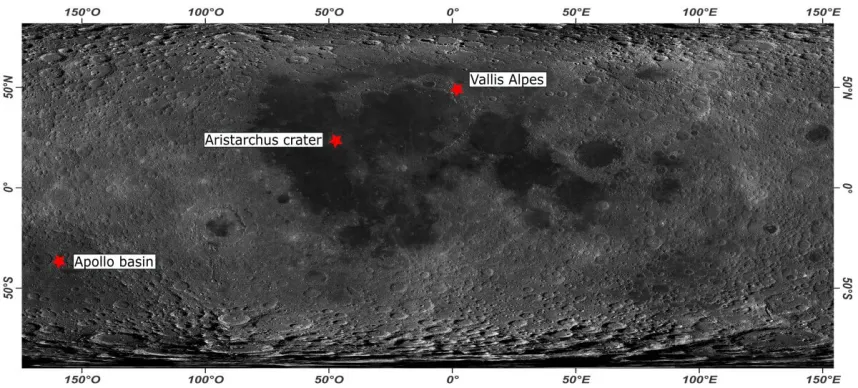Free access to the lunar surface
With MoonIndex, researchers from Constructor University and the National Institute of Astrophysics in Italy have developed an open-source software that for the first time gives scientists access to a free tool that creates science-ready products from the Moon Mineralogy Mapper (M3) to study the composition of the lunar surface. At the same time, it enables a wide range of applications. An article now published in the specialist journal ‘Earth and Space Science’ describes the research success.
'Spectral indices are a key product to understanding and mapping planetary surfaces,’ said Javier Eduardo Suárez Valencia, PhD student at Constructor University and first author of the article. Each surface has a very special, individual reflectance pattern, a kind of spectral fingerprint. It provides information about the presence of certain minerals in rocks or about the physical properties of the surface. For example, the researchers have identified minerals from the olivine group and anorthosite. In total, they have modelled 39 indices for the investigation of the lunar surface. M3 is an imaging spectrometer that provided the first high-resolution spatial and spectral map of the entire lunar surface, revealing the minerals of which it is made.
‘MoonIndex is a reliable and versatile tool for analyzing the composition of the lunar surface,’ said geologist Suárez-Valencia. The natural resources of the moon could be used for future missions into space. MoonIndex is also useful for identifying suitable landing sites. The researchers hope that the free and open-source software, written in the Python programming language, will contribute to the democratization of science. MoonIndex comes at the right time. There is great interest in exploring the moon. Various countries have launched lunar missions this year or are planning to do so. For example, in preparation for a moon landing, the US space organization NASA wants to launch the ‘Artemis 2’ mission in November, which is intended to put several astronauts in orbit around the moon.
The research was done under the umbrella of the EXPLORE project and the GMAP project of the Europlanet society, both projects were focused on advancing planetary science in Europe.
Link to the article:
MoonIndex, an Open-Source Tool to Generate Spectral Indexes for the Moon from M3 Data
ESS: https://doi.org/10.1029/2023EA003464
Link to MoonIndex:
https://github.com/Javierunal16/MoonIndex
Scientific contact:
Javier Eduardo Suárez Valencia | PhD. student in Planetary Geology
jsuarezvalencia@constructor.university | Tel.: +49 1744831402
